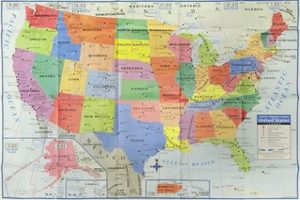Accounting standards for more realistic assessments of state government pension funding have revealed that more states are in financial trouble. For example, all of the Minnesota State Pensions (including municipalities) were 80% funded last year; which is terrible, but could be turned around. However, using the new accounting standards for this year, they are just 35% funded and on the path to insolvency in just 35 years. Three years ago, David Bergstrom, the executive director of the Minnesota State Retirement System dismissed any concerns as “alarmist.” (Similar to Banking Committee Chairman, Senator Barney Frank, declaring Fannie Mae and Freddie Mac as financially sound just 4 years before they became insolvent and plunged the world into the 2008 financial crisis).
As bad as the funding is for Minnesota’s pensions, there are several states with a lower funding rate:
- 9% New Jersey
- 4% Kentucky
- 6% Illinois
- 1% Connecticut
- 0% Colorado
The main factors contributing to pension shortfalls are:
- States had been wildly overestimating their investment returns in the artificially-low interest rate environment that we’ve had for the last decade.
- States with budget pressure have been underfunding the pensions for years.
- Life expectancies have been increasing.
- Continually adding new union members with pensions instead of affordable 403(b) retirement plans
The bad news is that, at some point, one of two things must occur: either state retirees won’t get paid their promised pensions, or taxes will have to skyrocket in a over a dozen states. Well, unless there are recessions that further impair the state budgets and pension investments that accelerate the time horizon to pension insolvency. Ok, how many states have a fully funded state pension system? Just one: Wisconsin.
Like all financial matters, you’re really on your own to create your own retirement fund.

